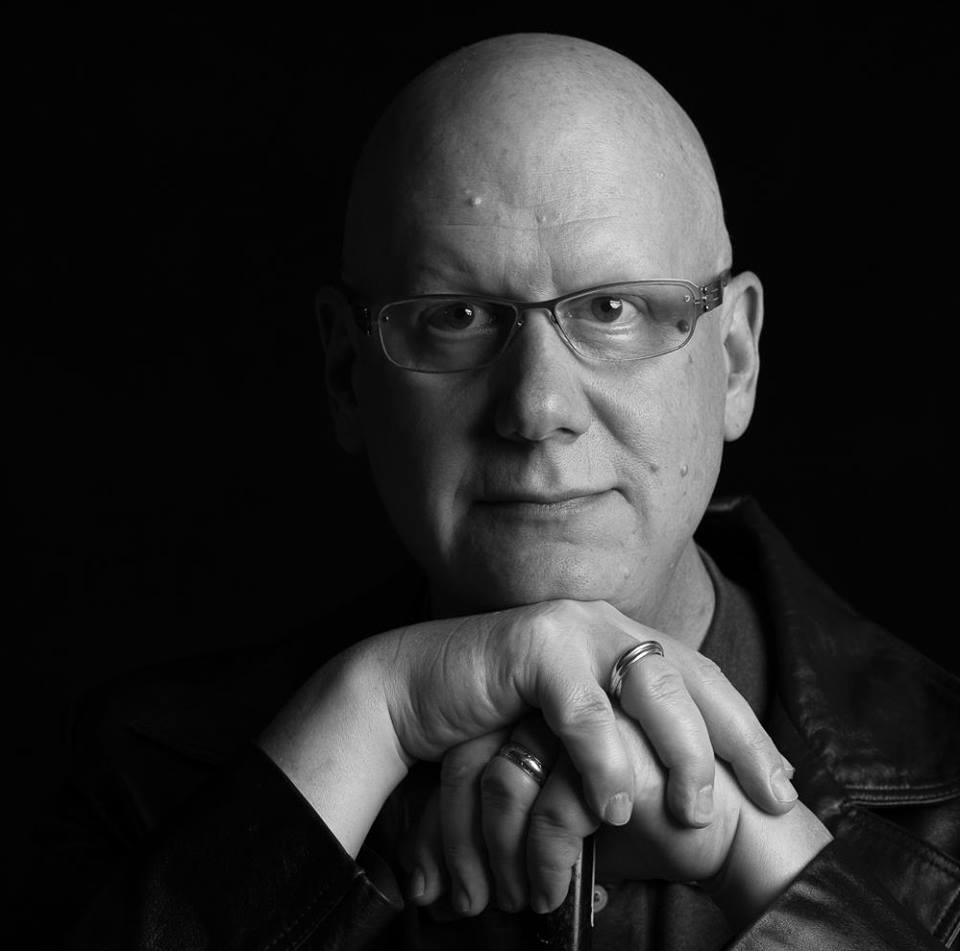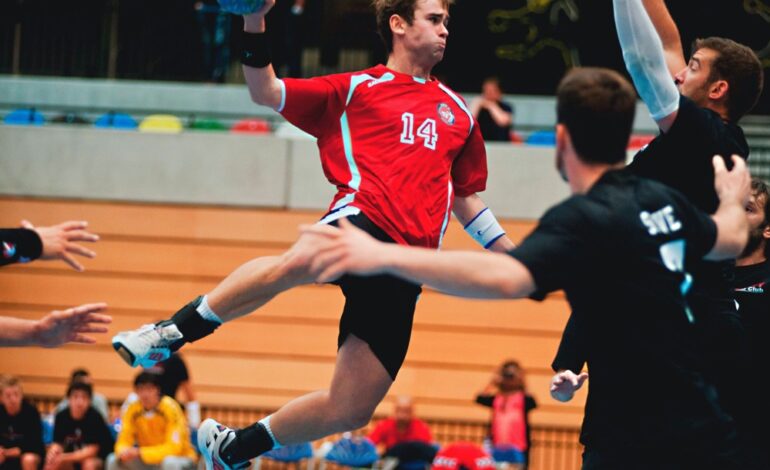A lab rat in a gloomy, gray cage. Filmed in sober black and white.
“Only one drug is so addictive that nine out of ten lab rats want it. Over and over again. Until they die from it. This drug is called cocaine. And it can have the same effect on you.”
The background music sounds ominous. Confronted with two bottles of water, the rat chooses the bottle laced with cocaine rather than the pure water. Then suddenly you see the rat lying dead in the cage. This video, shown on US television by the Partnership for a Drug-Free America, firmly cemented the cultural meme that sees addiction as a giant monster, an inescapable medical problem.
When I was doing my Master of Arts in Management Consulting, I realized very early on that I was interested in postmodern treatment methods that focus on evoking emotional and existential shifts in meaning and insights in clients – primarily through hypnosis and the related approaches of motivational interviewing, solution-focused brief therapy and narrative therapy.
I realized that addiction is a medical problem, an argument that goes back to Benjamin Rush, the “father of American psychiatry” and signatory of the US Declaration of Independence, who created the concept of addiction to psychoactive substances around 1784.
But then I came across a concept that gave me pause – a good trip or a horror trip on LSD has more to do with the mood and expectations of the user before taking the drug than the quantity or quality of the drug taken.
Addiction is not what you think it is
That doesn’t really make sense for a medical problem. But I should have seen it coming. After all, I already knew that 80 percent of the effectiveness of the six leading antidepressants approved by the US Food and Drug Administration (FDA) up to 2008 was based on placebo or suggestive effects.
If addiction is primarily a medical condition, the most effective treatments for addiction should also be medical in nature. In the meta-analysis of 381 studies on the treatment of alcohol dependence, 48 treatment methods were identified and classified according to their effectiveness.
The most effective medical intervention, the GABA agonist (acamprosate), ranks third, with the next best medical treatment method in the list coming in at 22nd place – the antidipsotropic substance disulfiram.
So if addiction is not a simple biochemical, medical problem, what is it?
So what are the best treatment options? Hypnosis ranks 31st in the list, but this may be due to the wide variety of interventions that can be carried out in a state of relaxation. We need more serious studies investigating specific hypnotic interventions for addiction.
The worst form of treatment? Education and information campaigns on the subject of alcohol. This is not at all surprising, because if you make someone think more about alcohol, they will drink more!
In my favorite study, participants were asked to compare several bottles of Cabernet Sauvignon at $90 and $45 to bottles at $10 and $5. Functional magnetic resonance imaging of the brain showed significant changes in the pleasure center of the brain in wines with the more expensive labels – even though they were all wines of the same quality.
Perception creates reality on a neurological level.
Addiction is exactly what you think it is
A major cultural narrative revolves around the power of illegal drugs to destroy stable existences, like an irresistible monster. But while drug use is quite common – one in three adults will use an illegal drug at some point in their lives – addiction is rare.
Addiction is a biopsychosocial problem.
It has less to do with chemical effects and much more to do with the personal and socio-economic condition of the consumer.
I don’t particularly like rats, but if I were a rat in a horrible gray cage, I’d probably choose the drug as a way out too.
But what happens if a more rat-friendly environment is created? Sawdust, hamster wheels, hiding places and, probably most importantly, other rats? In this situation, the rats are 19 times less likely to consume the water laced with the drug. The probability of developing addictive behavior decreases 19-fold.
All medications are administered in a psychosocial context. In particular, the effect of a psychoactive drug depends on the individual’s previous history and expectations. One explanation for repeated drug use is psychological dependence rather than physical dependence. Drugs evoke bodily sensations that are meaningless in terms of perception. These feelings are given meaning when we link them to a story. A lack of human connection is the main component in the development of an addiction.
Addictive heritage
Then there is behavioral epigenetics – the “soft inheritance” of emotional orientation. Traumatic circumstances cause chemical fluff to form on your genetic material. Histone and methyl molecules can dock onto your genes and cause their expression. These chemical markers can be passed on to offspring.
In practice, this means that your children are more likely to be traumatized due to the epigenetic methylation that you pass on if you have experienced trauma in the past. These chemical hitchhikers can be removed through better, healthier life experiences or therapy, such as hypnosis.
We know that epigenetic regulation, rather than mere behavioral reward, is critical to understanding the development of addictive behavior. A tendency to addiction can be passed on as soft inheritance. Thus, the assessment of behavior does not provide a direct measure of increased drug use or addiction.
Essentially, this means that cellular or molecular memory is at least as important as behavioral memory in understanding addiction. This may be particularly true for non-drug or behavioral addictions (in my understanding, non-substance addictions) and an epigenetic understanding of gene regulation promises novel approaches to understanding and treating addiction.
Remember, however, that epigenetics is the solution to the nature vs. nurture debate. This answer shows us that the external influences not only win, but that they are also so overpowering that they set the tone in relation to disposition. As this is a soft epigenetic inheritance (not a hard genetic inheritance), it can be eliminated by changes in the environment or by therapeutic changes.
Hypnosis creates a different feeling
Emotions drive behavior, stories shape emotions and create meaning. The solution to addictive behavior involves a shift in meaning in terms of how the client perceives the way the substance or behavior works.
On closer examination, addiction appears to be fundamentally a biopsychosocial problem, not a biochemical problem. We already know that hypnosis is the most effective way to quit smoking, according to the largest scientific study on the subject – a comprehensive meta-analysis by the University of Iowa, which looked at 633 smoking cessation studies involving 71,806 people.
Hypnosis is twice as effective as medical interventions when it comes to quitting smoking.
Medical interventions are a biochemical solution, whereas hypnosis enables a fundamental shift in meaning on an emotional level.
The effect of psychotropic drugs results primarily from the expectations of the user, addictive behavior results from the life experience of the user. Anything that can be induced by a placebo or suggestions is an excellent candidate for a hypnosis intervention. Having recognized that changes in meaning are critical to overcoming addiction, hypnosis is becoming an increasingly attractive treatment approach worth exploring in more detail.

Dr. Fredric Mau, USA
D.Min., M.A., M.Div., LPC, NCC, DCC, BCH, CI
NGH Board Certified Hypnotherapist, NGH Certified Instructor of Hypnosis
Internet: http://watermarkcolumbia.com




